
Given its economy car origins, the 1974-78 second generation Ford Mustang (AKA the Mustang II) has received some undeserved criticism in certain gearhead circles. Sure it was down on power compared to, say, a 1969 Boss 302, but pretty much every car suffered the same fate during the 1970s.
Besides, the Mustang II had a competent chassis and (aside from 1974) an available V8 and manual transmission. They looked pretty darn good too, especially as a fastback coupe fitted with a front air dam and rear ducktail spoiler.
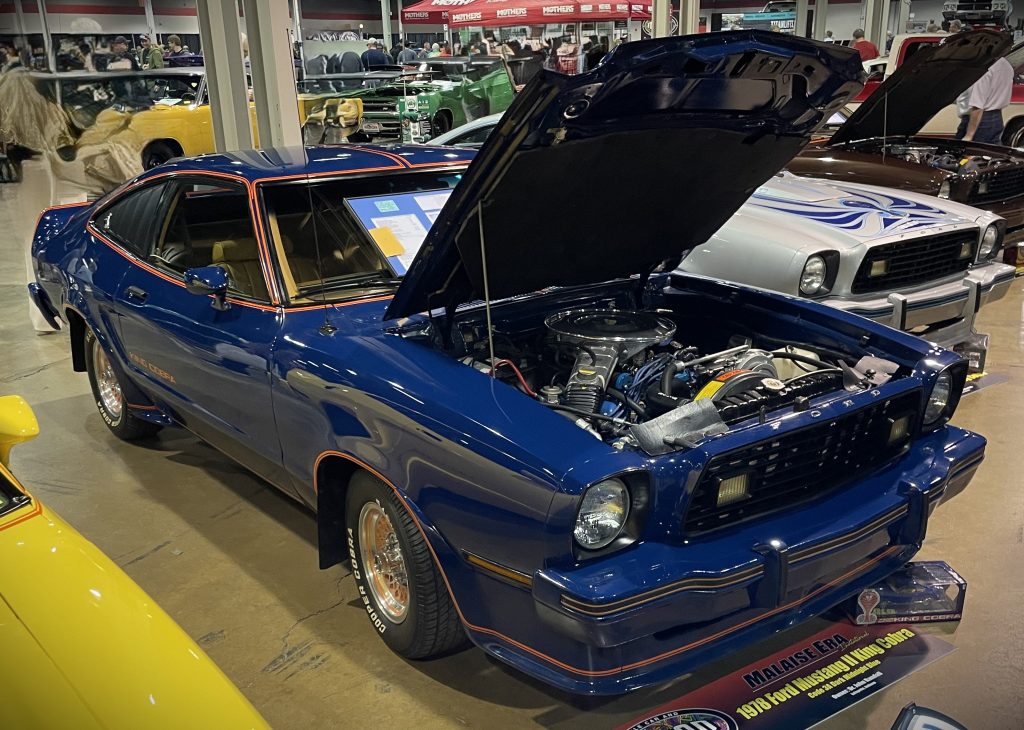
More importantly, a lot of folks forget that the Mustang II was a really, really popular car at the time. In fact, Ford sold over a million of ’em.
And if we’re being honest, you can credit the success of the Mustang II for keeping the Mustang nameplate alive—ultimately setting the stage for the legendary Fox Body platform to arrive in 1979.

What is a 1978 Ford Mustang II King Cobra?
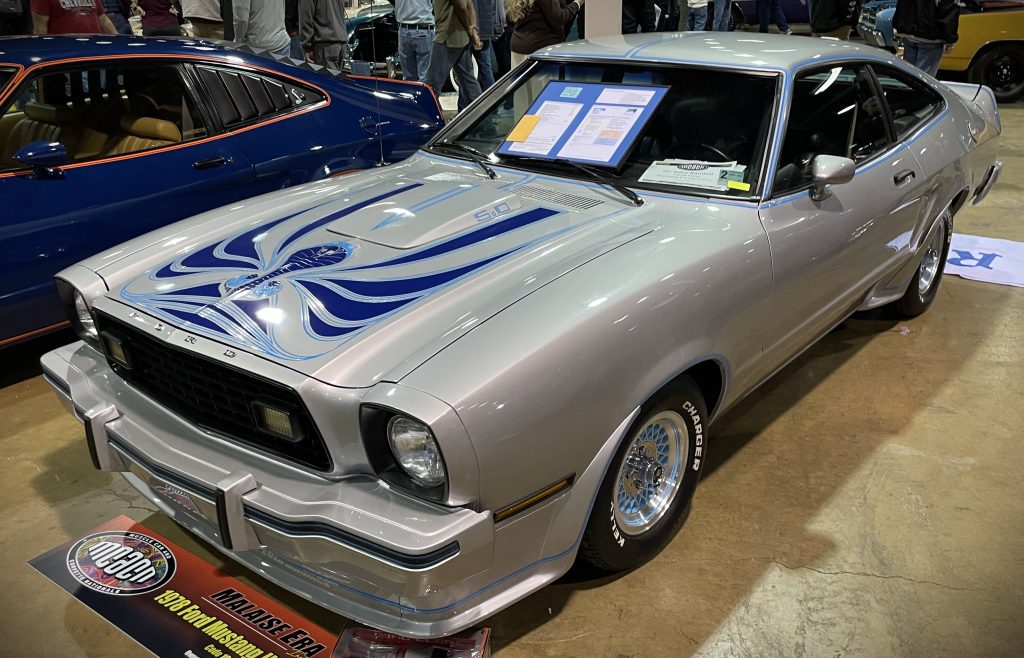
The King Cobra was a one-year-only performance trim available on the 1978 Mustang II. So for starters, let’s explain the Mustang II in a bit more detail:
The car was a direct response to the fuel crisis of the early to mid-1970s and, as a result, could be had with a four cylinder engine making a mere 88 horsepower.
Yet as the fuel shortage abated and emissions control tech evolved, Mustang II performance slowly improved.

The Ford 302/5.0L Windsor V8 returned in 1975 and a Shelby-inspired Cobra II appearance package appeared a year later. T-tops became available in 1977 and, for the final year of Mustang II production, the King Cobra slithered onto the scene in 1978.

Unlike the Cobra II, the King Cobra was more than stripes, louvers, and decals. Available exclusively as a hatchback, checking the King Cobra option automatically added a rear spoiler, black trim, and front air dam. It also made the 5.0L mandatory, though it made less than 140 horsepower.
Combine that with a four-speed manual transmission, power steering, and disc brakes, and you can see there was some legit go-fast intent here.
The First Ford 5.0?

Well obviously the King Cobra didn’t get the first 302 Windsor engine—Ford had been cranking those motors out for about a decade at this point.
….Buuuuuuut, the King Cobra was perhaps the first Ford to officially identify its metric displacement as 5.0L, proudly emblazoned on the hood bulge.
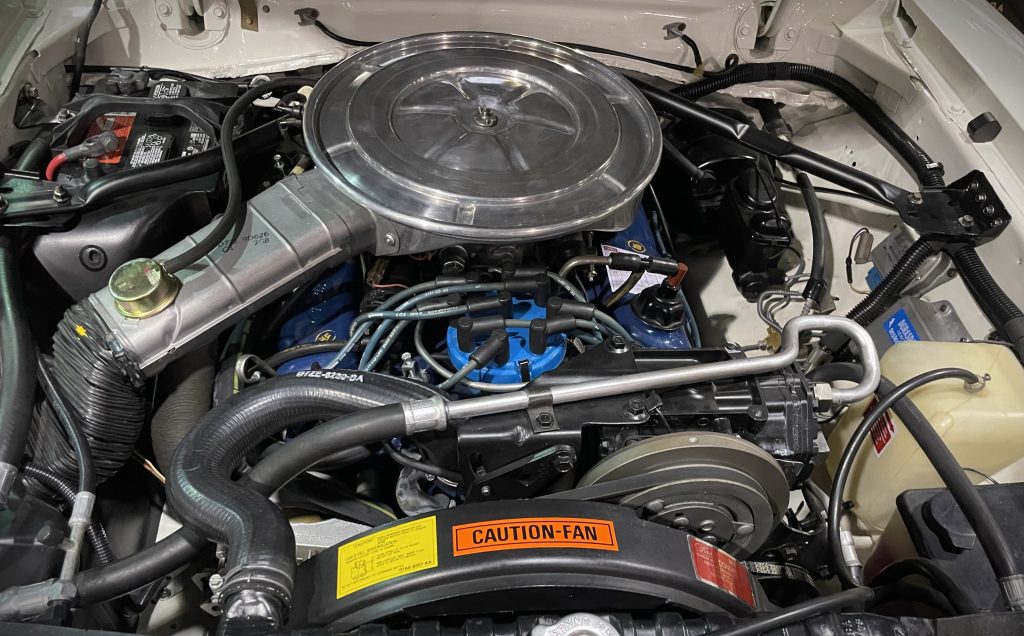
The move was an obvious counterpunch to its rival, the Pontiac Trans Am, which had “6.6 Litre” decals slapped on the shaker perched atop its 403 Oldsmobile engine. (That itself was an homage to Delorean’s decision to adorn the GTO with metric engine badging a decade earlier.)
So while the Fox Body Mustang made the 5.0L a household name, the mighty King Cobra was the car that got it all started.
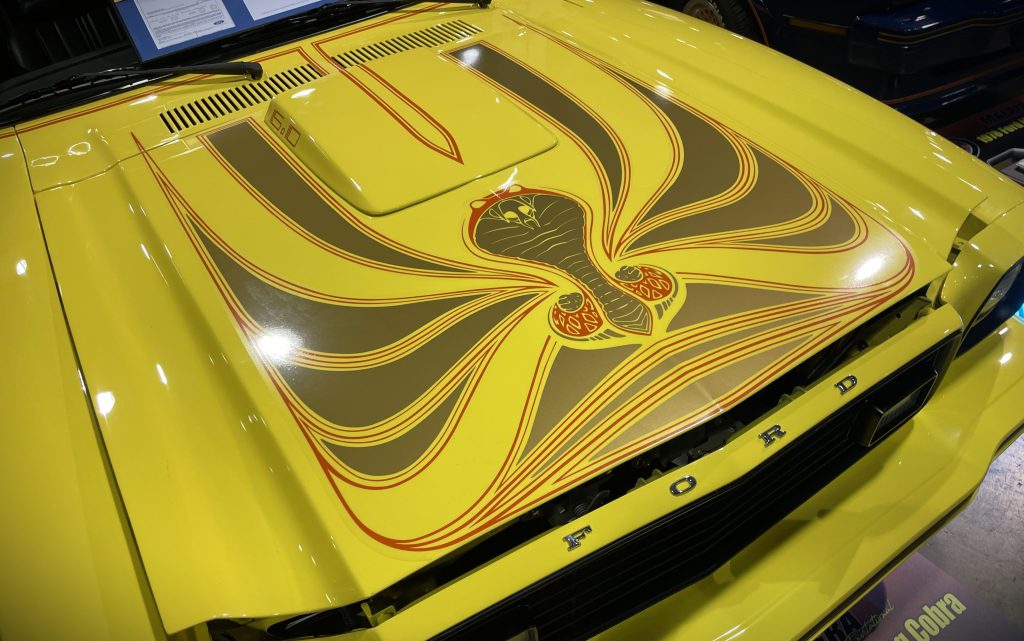
The King Cobra’s Legacy
As popular as these cars were to the public, the motorsports community embraced them even more. Mustang IIs were light, and could easily be fitted with bigger-cube V8 engines. Even the stock 302 left a lot of power on the table and, as any Ford enthusiast will tell you, the Windsor block has catalogs full of performance upgrades.
They were rear wheel drive as well, which meant you could strengthen the axles and tweak the rear end gearing pretty easily.

It’s absolutely worth pointing out that Mustang IIs also had a revolutionary, virtually self-contained new front suspension system. Hot rodders quickly began plucking these setups out of junkyards to upgrade their rides with disc brakes, power steering, and an independent front suspension—all in a compact, modular package. Even modern derivative suspension setups are still referred to as “Mustang II IFS” systems.
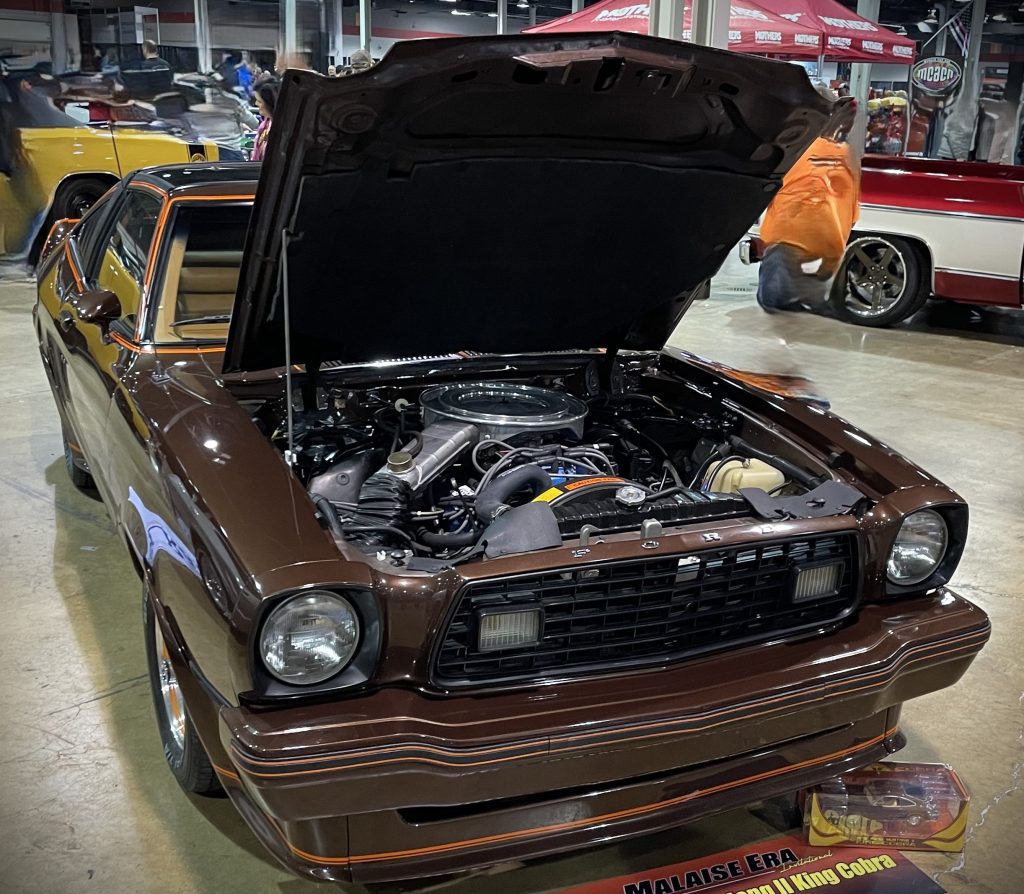
As a result, plenty of Mustang IIs fell victim to scavengers. Those that escaped that fate often succumbed to corrosion and rusted away soon afterward. And, much like their Fox Body successors, many of these cars were heavily modified, run hard, and put away wet.

All that means is that nowadays, clean, original examples are both rare and increasing in value. Which we’re glad to hear, because the King Cobra, nay (neigh?), the entire Mustang II generation doesn’t get enough credit for keeping the ponycar alive through a decade that saw a lot of other performance nameplates disappear forever.

So look, don’t be ashamed if you’ve never heard of a 1978 Ford Mustang II King Cobra. For starters, they were only available for one year. And Ford didn’t make a whole lot of these—under 5,000 King Cobras rolled off the line, making them a tiny sliver of overall Mustang II production.
And considering how uncommon Mustang IIs are nowadays, spotting a King Cobra variant is like finding a Looking Glass 8-Track that hasn’t been worn out.

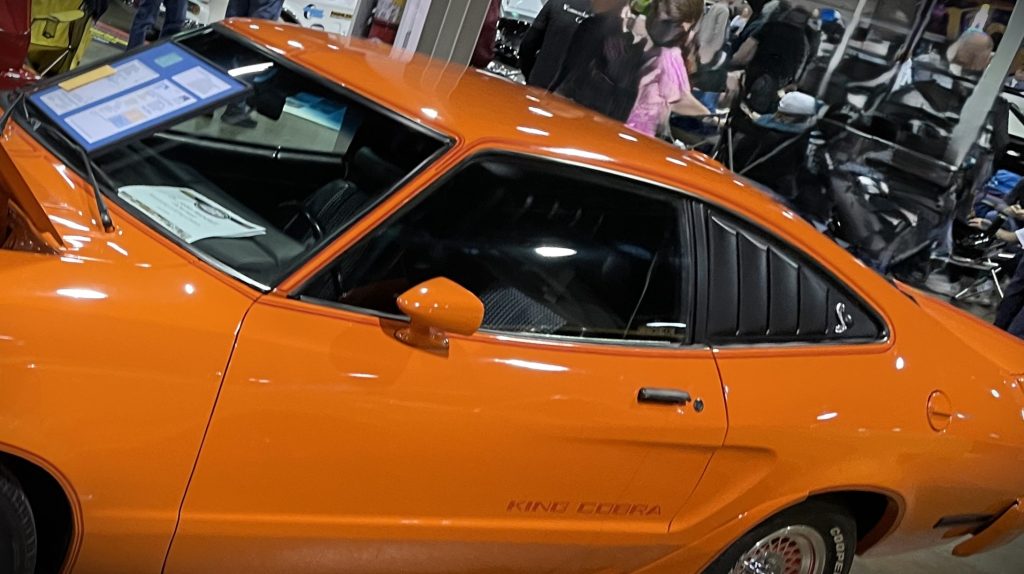

For better or worse, I was trying to sell cars during the era, originally to 1976 Chryslers/Dodges and followed with Fords. The Mopars were disasters due to the EPA ratings coming out and starring hundreds of Mopars.
Working at Ford, my demo was a V8 automatic (non-Cobra) Mustang II. It proved to be very popular, though it wouldn’t burn rubber for love nor money. Credit it to 140 hp and posi standard with the V8. My brother had an interesting II–a 2.8L v6, automatic. It was kinda rough-seeming, but it would disappear in a cloud of tire smoke at the drop of a hat, scream to 6000 rpm, bang into second and start it again. Good times!
Great article.
But some forget or don’t know that even though the domestic Mustang II didn’t come with a v-8 til late ’75. The 1974 Mexican Mustang II did come with a v-8 which from what I have been told was pushing out 250hp. Big jump from the later domestic hp drop cause of all the Emissions which that in itself hurt all four big auto manufacturers.
I had one, red black interior, 13.90 in the quarter mile. Not bad for no horse power
I love the Ford Mustang ll cars that was the generation I was born in .
Looking for hood hinges for a 1976 mustang cobra 2
Hey Duane, I tried scouring online–but it looks like your best bet for Mustang II hood hinges may be an online classified ad or auction.
If you’re still looking for those hinges, send me an email. I have at least 4 pair of hinges in my parts collection.
Bill Roberts
brushybill1950 AT gmail DOT com
I had a black one with orange pin-striping and snake on the hood. Loved it! I was in the Air Force back then and drove it across country 6 times changing bases. One bad-a$$ little pony!
It was based on the pinto platform not on a pinto plateform
So many just cant get pass that little detail.
Dick Nesbit and Buck Mook are the original designers of the II and both will tell you that both the Maverick and Pinto platforms were part of the planning basis and what actually went to production was a stabd alone platform.
The II community is just so stupid and hell bent on spreading misinformation due to over inflated ego’s.
Their newest wonder child (Robert Kennedy) managed to suck up to Ford clown John Clor and together publish a book stating that its a Pinto platform.
Neither have any business even being around a II. Much less writing about them.